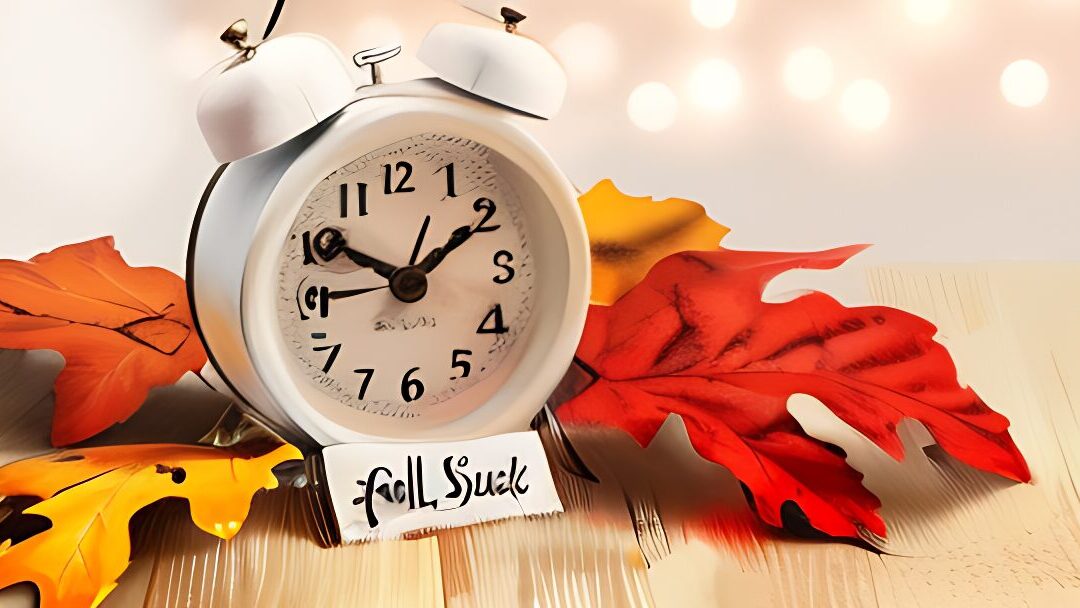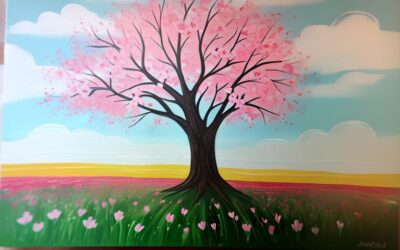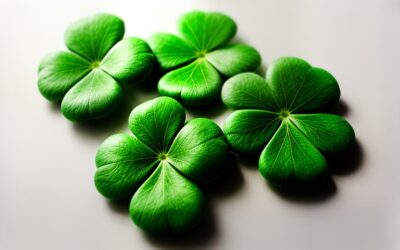It’s that time again! Daylight Savings Time ends this weekend, which means the Bay Area will “fall back” an hour. Sunrise will go from about 7:30 a.m. on Saturday to 6:30 a.m. on Sunday, and sunset will begin an hour earlier than usual.
Though many believe that Daylight Savings Time (DST) was conceived to give farmers extra sunlight to till their fields, it started, theoretically, as a system to reduce energy usage by maximizing sunlight hours. The idea originates from Benjamin Franklin, who wrote a letter to the editor of the Journal of Paris in the late 1700s arguing that the city would save millions of pounds of candle wax if all of its residents woke up and went to bed early.
The first real experiments on DST, however, were not observed until the First World War. In an effort to conserve energy, several European nations and the United States adopted Daylight Savings Time, but most Americans saw it as a wartime act, and it was repealed at the conclusion of WWI. It was eventually reinstated during the Second World War, and has stayed the same ever since.
But, does it work? Its function is heavily debated, as many studies show that the modern-day energy savings are negligible, especially as long sunlight hours increase AC use. Most recently, over 19 U.S. states have petitioned to remove the yearly time change, but to no avail.
If there is one good thing about Daylight Savings Time that everyone can agree on, it is the early sunsets that can be enjoyed by the whole family. Even with the wind and fog, the Bay Area’s best sunset lookouts are not to be missed in the winter! Enjoy an evening in San Francisco at Lands End or the Palace of Fine Arts with a view of the coastline and cityscapes, or venture to the peninsula at San Bruno or Mori Mountain. Just don’t forget a jacket!
More Helpful Articles
April Fools!
April Fools Day or All Fools Day allows for a day of pranks, jokes, and laughter. A much-needed break for most of us, preparing the perfect gag or a sigh of relief that your jury duty summons as a hoax. Across the world, people take this opportunity to laugh at...
Spring Equinox Finally Arrives
Today marks the official start of spring. The groundhog may have lied about an early spring this year, but today we celebrate warm weather and hopefully an end to the rain. The amount of daylight has been increasing each day after the winter solstice. After the spring...
Happy St. Patrick’s Day
Celebrated in more countries than any other national holiday, St. Patrick's is one of the most popular national holidays. Historically, the holiday was honored with a feast and parades as the restrictions of lent were lifted to celebrate. Everyone wears green to...






Recent Comments